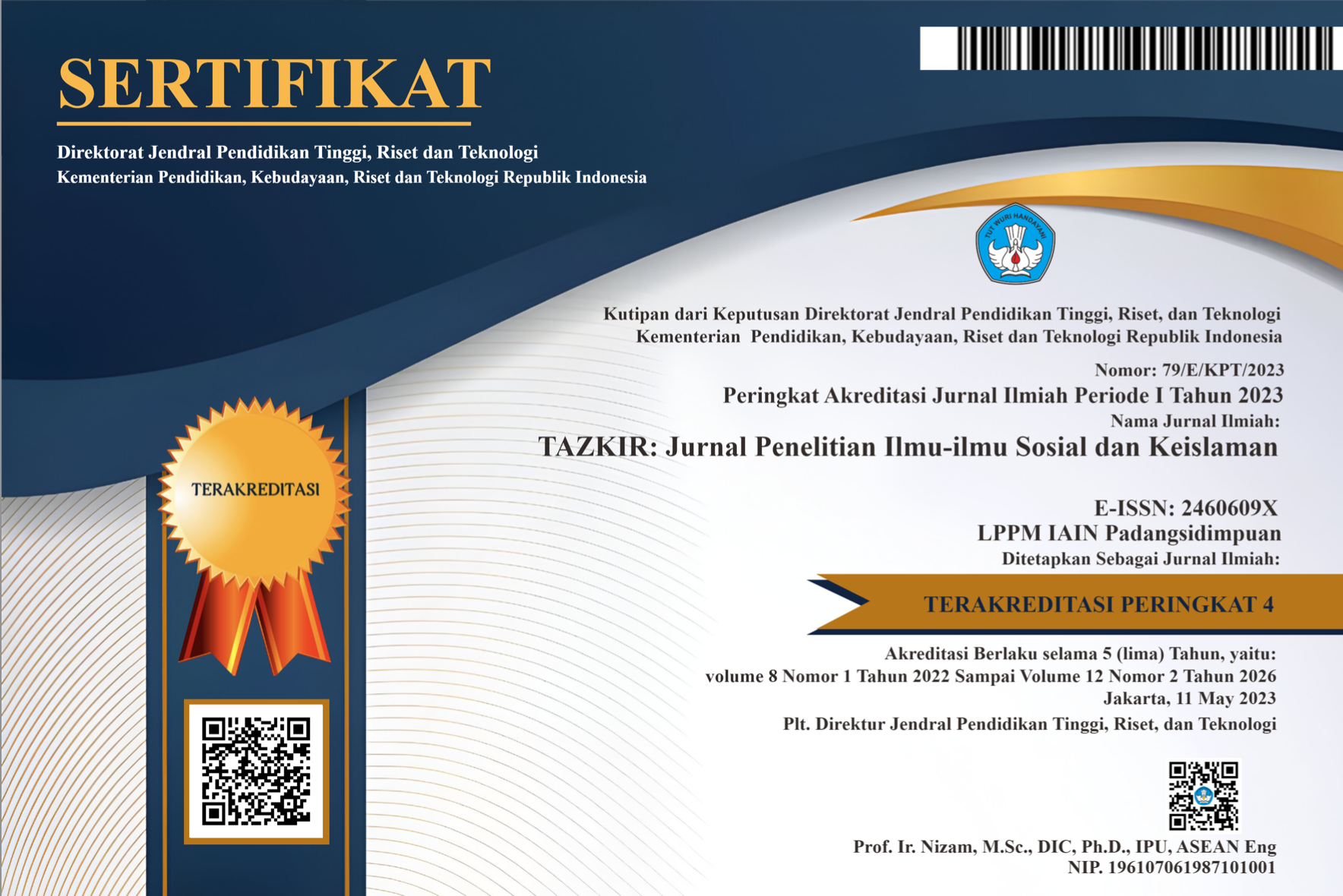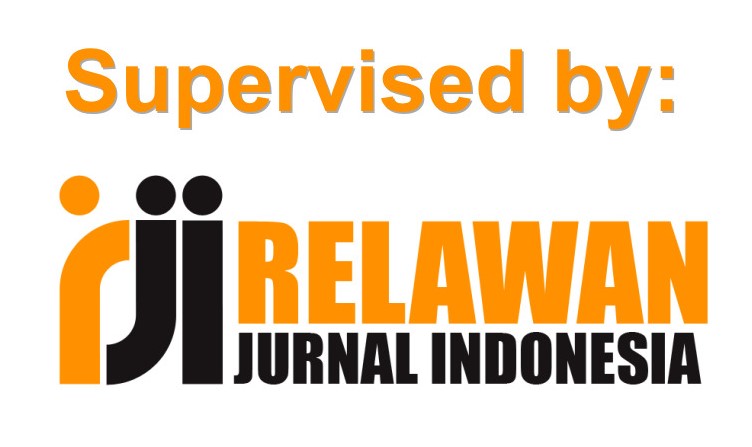DINAMIKA KEHIDUPAN MUSLIM DI INDIA MELALUI LENSA SEJARAH
Abstract
This paper aims to review the dynamics of Muslim life in India through the lens of history. The research method applied is the historical research method, which includes four main stages, namely historical source collection (heuristics), source criticism, interpretation, and historical writing (historiography). The results of the research parse the early history of the spread of Islam in India into two aspects, namely formal and non-formal. The formal spread of Islam involved periods ranging from the time of the Prophet Muhammad SAW, Khulafaur Rasyidin, Umar bin Khattab who expanded, to Bani Umayyah and subsequent dynasties such as the Ghazni Dynasty, Ghuri, Delhi Sultanate, Khalji Dynasty, Tuglaq, Sayyid, and Mughol Dynasty. Meanwhile, the non-formal spread of Islam occurred through trade activities, and in India, Islam is a minority religion. The Muslim minority in India faced significant obstacles and challenges from Hindu groups, known as the caste system. This system categorizes Hindu society from the highest caste to the lowest caste. The lowest caste, assigned to Muslims in India, has a huge impact on the social and community life of the country.
Keywords
Full Text:
PDFDOI: https://doi.org/10.24952/tazkir.v10i1.10965
Refbacks
- There are currently no refbacks.
Copyright (c) 2024 Nur Anisah Hasibuan

This work is licensed under a Creative Commons Attribution-ShareAlike 4.0 International License.



